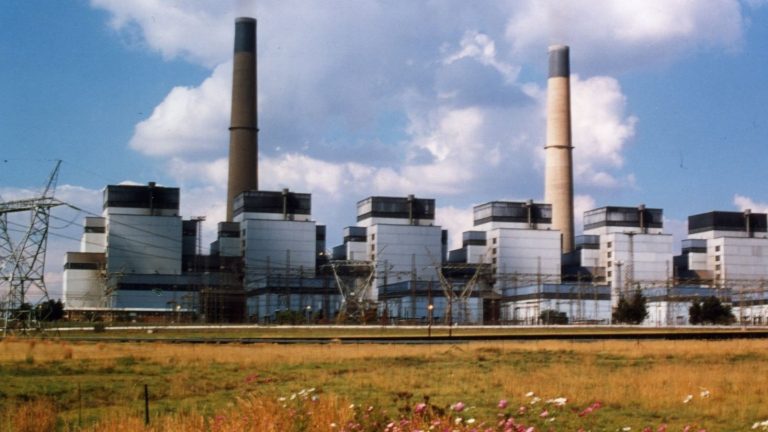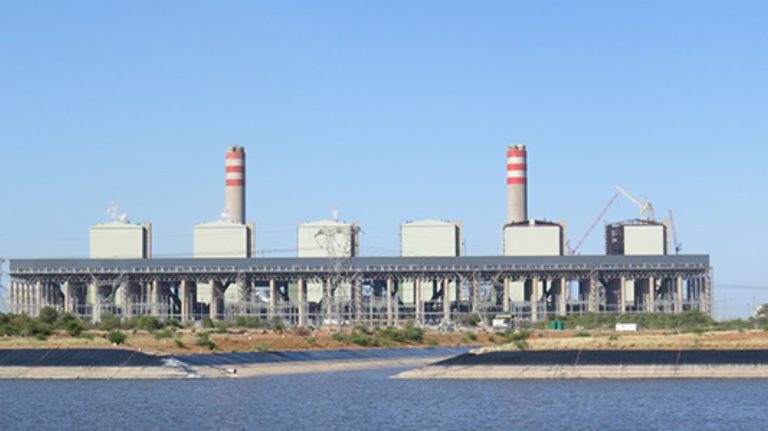Loadshedding remains suspended due to a stable power system; ongoing high levels of planned maintenance continue until early April, and unplanned outages have dropped by 6.5% year-on-year
Friday, 28 March 2025: Eskom confirms that loadshedding remains suspended. Although the power system is still constrained, it remains stable, with emergency reserves being strategically utilised to meet electricity demand, especially during peak periods.
The Unplanned Capacity Loss Factor (UCLF), or unplanned outages, for the financial year-to-date, stands at 25.85%, improving from 32.38% in the same period last year. This reflects a ~6.5% reduction and signifies increased fleet reliability.
Kusile Unit 2 is set to be reconnected to the repaired Flue Gas Desulphurisation (FGD) system and main stack by month-end. Unit 1 will be offline starting 31 March 2025, for similar work, in compliance with environmental authorisations.
Eskom continues to maintain high levels of planned maintenance as part of its efforts to improve fleet reliability in preparation for the high winter demand, while also meeting environmental license conditions and regulatory requirements. Currently, planned maintenance stands at 6 949MW.
Year-to-date (1 April 2024 to 27 March 2025), electricity supply was available ~96.4% of the time, compared to just ~ 9.1% last year and loadshedding was suspended for 348 days (8 488.9 hours), compared to 33 days (2 321.3 hours) in the same period last year.
Year-on-year diesel spend has reduced by R16.93 billion. This reflects 50.8% savings compared to the R33.35 billion spent during the same period last year.
Eskom’s Summer Outlook from 1 September 2024 to 31 March 2025, published on August 26, 2024, remains unchanged.
A total of 4 280MW will be returned to service before the evening peak on Monday, 31 March 2025, to further stabilise the grid.
Key Performance Highlights:
- From March 21 to 27 March 2025, average unplanned outages reduced to 14 039MW, showing an improvement of 992MW compared to the same period last year. Year-to-date average unplanned outages stand at 12 374MW, which is 626MW lower than the summer base case of 13 000MW.
- As of today, unplanned outages slightly reduced to 13 730MW compared to the previous week (13 733MW), while available generation capacity is 26 710MW, sufficient to meet tonight’s forecasted peak demand of 26 326MW.
- The year-to-date Planned Capacity Loss Factor is 12.62%, approximately 0.61% higher than the 12.01% recorded during the same period last year, indicating a slight increase in planned maintenance activities.
- The weekly Energy Availability Factor (EAF) slightly increased from 57.0% at the start of the financial year to 57.44% from 24 to 27 March 2025. The year-to-date EAF stands at 60.93%, an improvement of approximately 6.4% compared to the same period last year (54.54%), indicating higher availability of generation capacity.
- Year-to-date Eskom spent approximately R16.41 billion on fuel for the OCGT fleet, which is below budget, generating 2 764.87GWh. This is significantly lower than the 5 142.63GWh generated during the same period last year.
- The OCGT load factor decreased to 20.83% from 21 to 27 March 2025, compared to the previous week. However, it remains higher than last year’s value of 16.51%. Year-to-date, the OCGT load factor has stabilised at 9.35%, lower than last year’s figure of 17.34%
‘Save Your Transformers, Save Lives’ campaign
While loadshedding is currently suspended, Eskom appeals to the public to avoid illegal connections, to buy electricity only from Eskom-accredited vendors and help protect the power network by reporting any illegal activities to the Eskom Crime Line at 0800 112 722 or via WhatsApp at 081 333 3323.
We will provide an update on Friday, 04 April 2025, or promptly communicate any significant changes as soon as they occur.
ENDS








